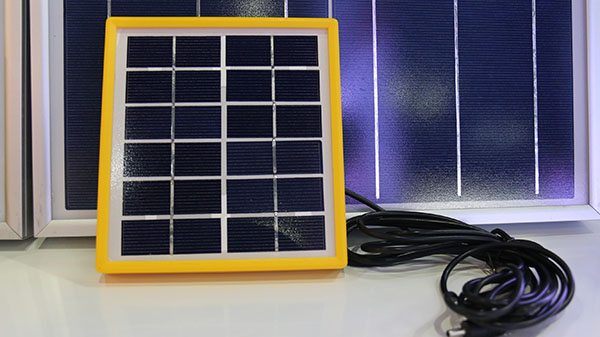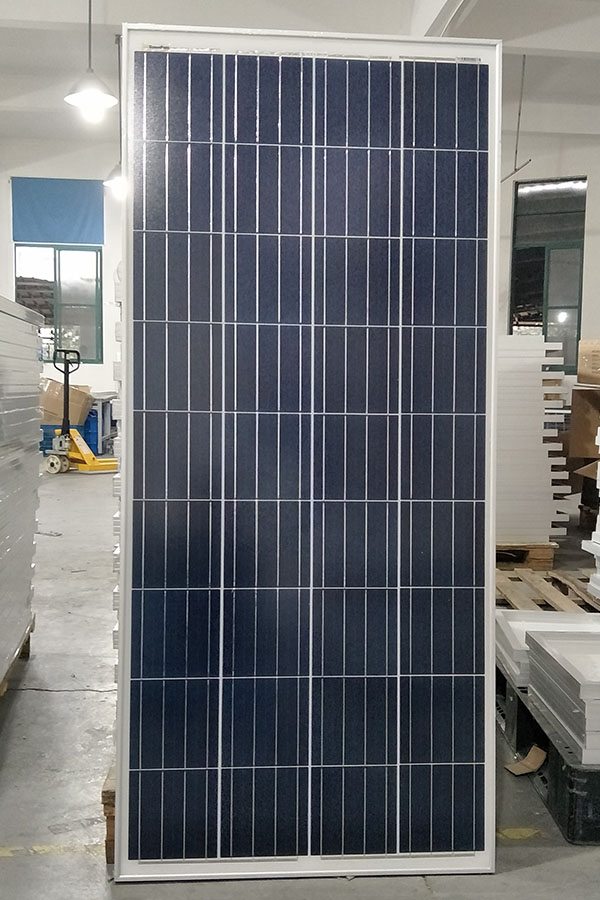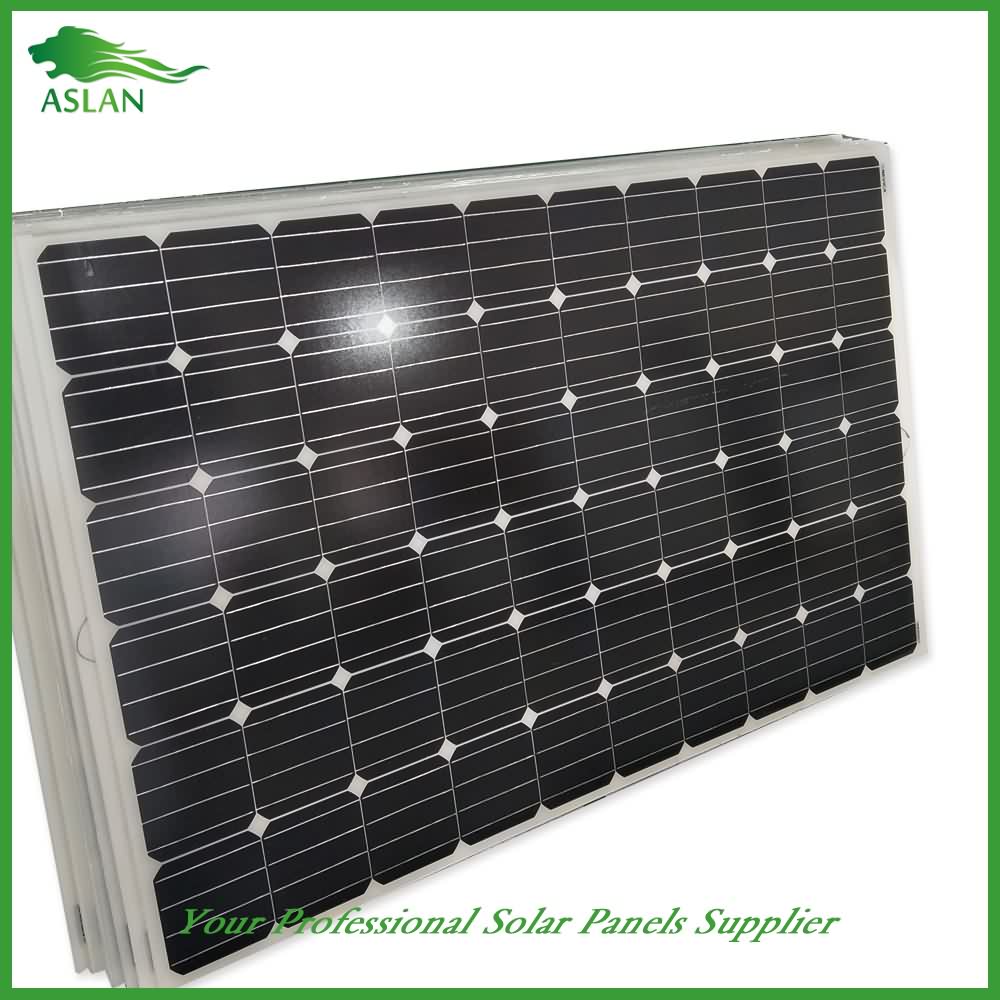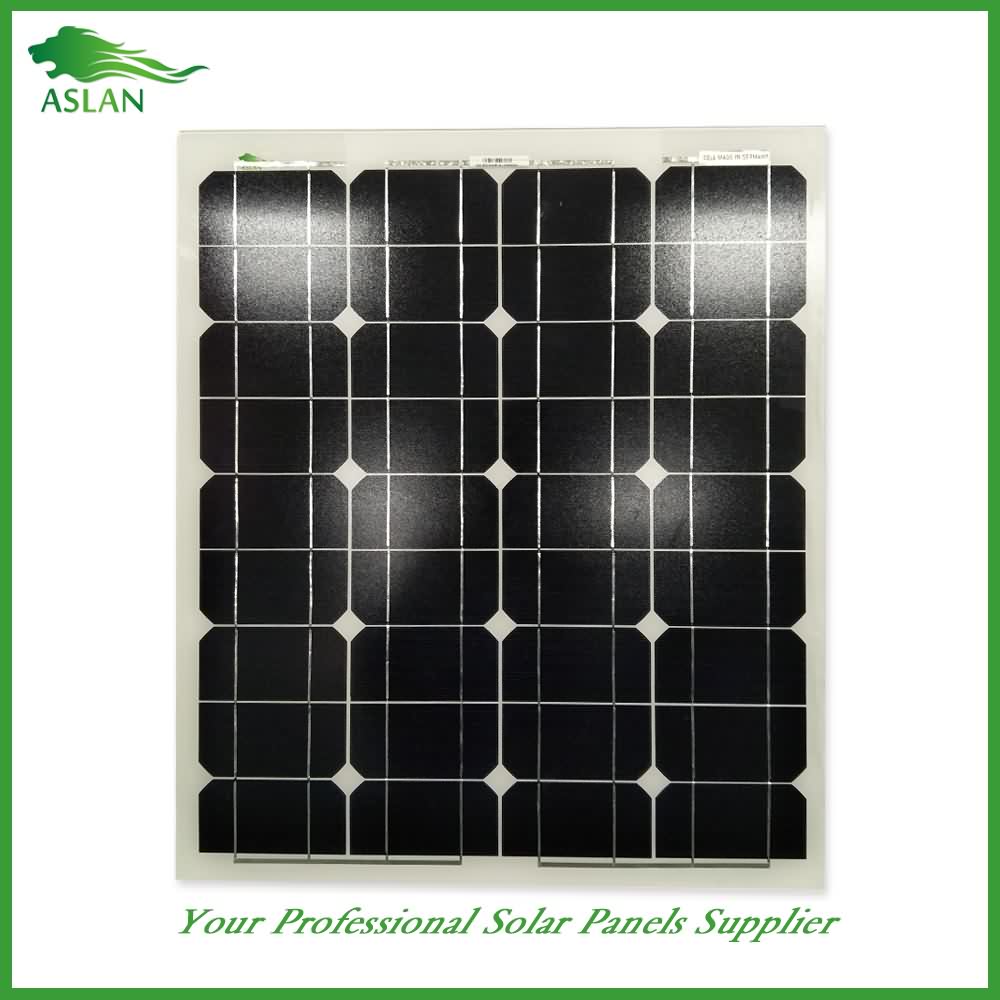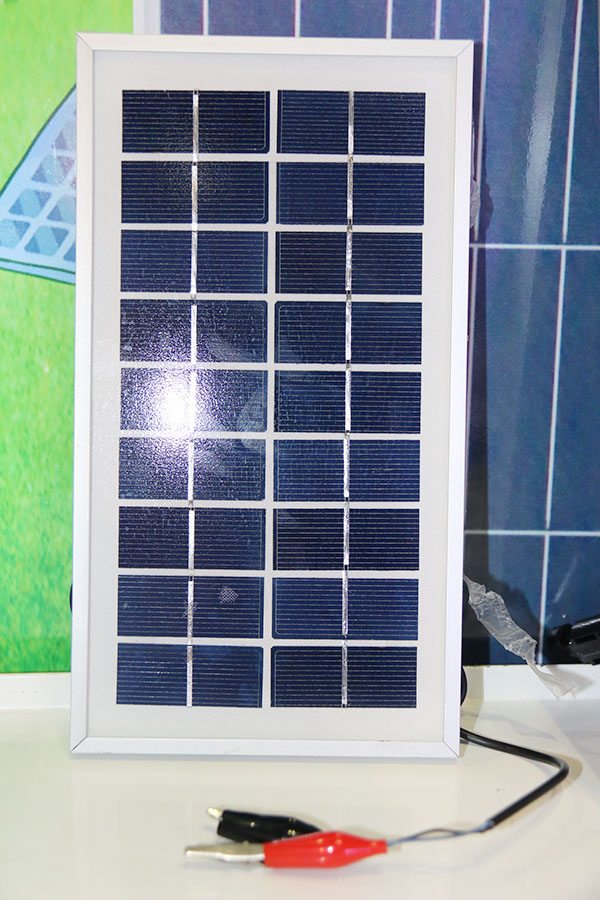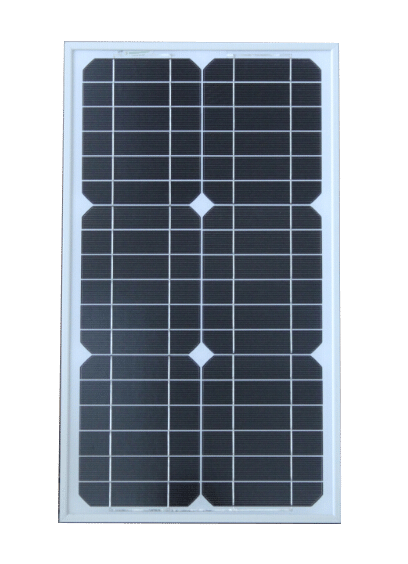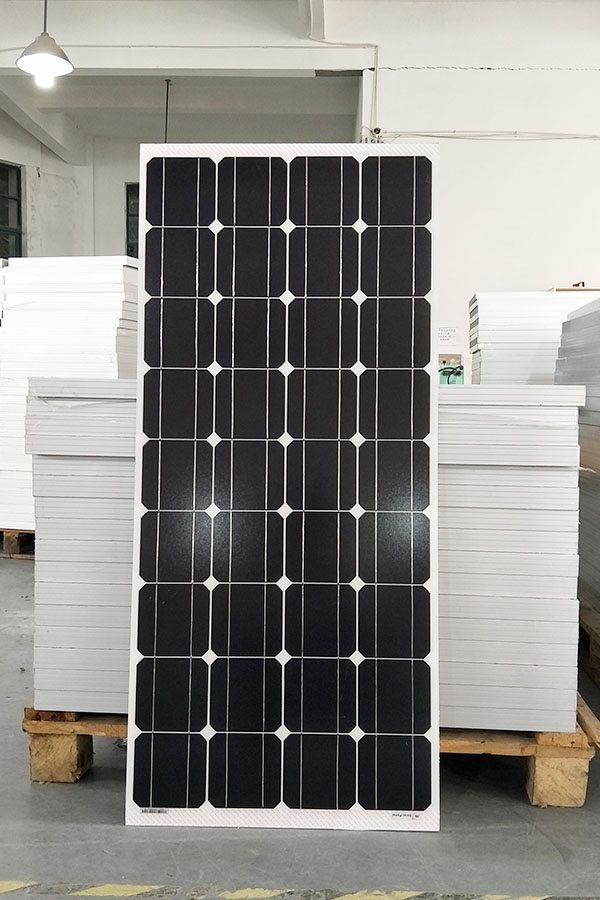60% OFF Price For Poly-crystalline Solar Panel 2W Factory for Laos
Short Description:
We aim to find out quality disfigurement from the production and supply the best service to domestic and overseas customers wholeheartedly for 60% OFF Price For Poly-crystalline Solar Panel 2W Factory for Laos, We are looking forward to establishing cooperative relationships with you. Please contact us for more information.
Poly-crystalline Solar Panel 2W
Technical parameter
Maximum Power(W) 2W
Optimum Power Voltage(Vmp) 6V
Optimum Operating Current(Imp) 0.34A
Open Circuit Voltage(Voc) 7.2V
Short Circuit Current(Isc) 0.37A
Mechanical Characteristics
Cell Type Polycrystalline
No of Cell 12 (2x6pcs)
Dimensions 145x145x18mm
Weight 0.4KGS
Front Glass 3.2mm, High Transmission, Low iron, tempered Glass
Temperature and Coefficients
Operating Temperature(°C): -40°C ~ + 85°C
Maximum System Voltage: 600V(UL)/1000V(IEC) DC
Maximum Rated Current Series: 10A
Temperature Coefficients of Pmax: -0.435%
Temperature Coefficients of Voc: -0.35%
Temperature Coefficients of Isc: 0.043%
Nominal Operating Cell Temperature (NOCT): 47+/-2°C
Materials of solar panel
1).Solar Cell——Polycrystalline solar cell 156*156mm
2).Front Glass——-3.2mm, high transmission, low iron, tempered glass
3).EVA——-excellent anti-aging EVA
4).TPT——-TPT hot seal made of flame resistance
5).Frame——anodized aluminum profile
6).Junction Box——-IP65 rated, high quality, with diode protection
Superiority: high quality anodized aluminum frame, high efficiency long life, easy installation, strong wind resistance, strong hail resistance.
Features
1. High cell efficiency with quality silicon materials for long term output stability
2. Strictly quality control ensure the stability and reliability, totally 23 QC procedures
3. High transmittance low iron tempered glass with enhanced stiffness and impact resistance
4. Both Poly-crystalline and Mono-crystalline
5. Excellent performance in harsh weather
6. Outstanding electrical performance under high temperature and low irradiance
Quality assurance testing
Thermal cycling test
Thermal shock test
Thermal/Freezing and high humidity cycling test
Electrical isolation test
Hail impact test
Mechanical, wind and twist loading test
Salt mist test
Light and water-exposure test
Moist carbon dioxide/sulphur dioxide
Two part video series of what these panels can do. I have a 125′ PV feeder cable run going through the attic and into the garage where the Midnite Solar Kid is located. Renogy makes great solar panels!
http://www.solargenesisnetwork.com/go/diy-home-energy/ Nearly all sustainability geeks would like their house, garage, greenhouse, and business to be plastered packed with solar power panels. Unfortunately, there is the hard-edged reality of affordability. Installing solar power panels on any structure is a high-cost proposition, no matter how good the ROI may look years in the future.
Okay, don’t get stopped in your tracks because you can’t have all of those solar panels you’d like to add remove you escape grid dependency. If you’re handy and experienced in building, you can just build one solar power, and determine where you can go from there. Then tweak it, and build more when you can finally.
Equipped with this trove of information, you are able to join the ranks of Edison, Tesla, and Einstein, taking your inaugural shot at creating green electricity.
Think of the project that way: Solar cells (your primary materials) continue to get more affordable. ”While you could pay as much as $10,000 for an off-the-shelf installation and may cover the system’s price in only over 10 years, it is still better and more educational to help make one yourself.”
Therefore if you’re ready with this green venture, let’s get going.
Tools & Materials you will require
1- Soldering iron & solder
2- Solder paste
3- Flux (for removing the grease off the wires)
4- Saw
5- Some wooden board
6- Protective Glasses
7- Multimeter to measure voltage and amperage
8- Sharp pencil
9- Tape measure
10- Glue
11- Framing Square
12- solar panels
You can get cheap solar cells from places like Amazon, eBay, or Sun Electronics, to mention just a couple options on this listing of PV resources. Your hunt must also show there are several solar cell types to select from. Included in these are Chinese, Japanese, and American brands. American ones usually are the most expensive. Nonetheless, they also come with guarantees.
There are many differing types of solar panels to buy. However, solar power system for home cost-to-efficiency option will soon be polycrystalline cells. Buy however many you want for producing how much energy/wattage you need. The specs must indeed be listed when you buy the cells.
If you’re leery about starting from scratch, you can even purchase a kit to construct a panel. Kits such as the Sunnydaze solar pump and solar power kit provide decent alternatives for launching this sustainable energy venture.
Plan your solar power system with care while making certain whatever you build is square. Make all measurements as precise as you are able to. You will not want to make mistakes that need correcting following the solar panel has been built. Remember, it is in an easier way to erase and redraw new errors that than it is to undo soldered joints or wiring systems.
Size of your solar panel
Based on how stuff works, building solar panels that will provide enough electricity for a complete home is a broad proposition.
A “typical home” in the USA may use either electricity or gas to offer heat — heat when it comes to the house, the heated water, the clothes dryer and also the stove/oven. If you decide to power a property with solar electricity, you would definitely use gas appliances because solar electricity is indeed expensive. This means that what you will be powering with solar energy are things such as the refrigerator, the lights, the computer, the TV, stereo equipment, motors in things such as furnace fans, therefore, the washer, etc. Let’s say that all those activities average off to 600 watts an average of. During twenty-four hours, you need 600 watts * twenty-four hours = 14,400 watt-hours a day.
From our calculations and assumptions above, we all know that solar power can generate 70 milliwatts per square inch * 5 hours = 350 milliwatt hours a day. Therefore you need about 41,000 square inches of solar energy when it comes to the house. That’s a solar panel that measures about 285 square feet (about 26 square meters). That would cost around $16,000 at this time. Then, because the sun only shines area of the time, you will have to purchase a battery bank, an inverter, etc., and therefore often doubles the price of the installation.
Wow! Maybe small is one of the logical places to get started.
Layout your panel
Based on FreeSunPower, a conventional 12-volt panel about 25 inches by 54 inches will contain 36 cells wired in series to create about 17 volts peak output. Making use of this size, place your square solar cells onto a plywood or laminated board and carefully draw all separating lines. The Sunnydaze kit also features 36 cells.
Go green, go solar!
Going solar is one of the best ways you can cut both your footprint along with your bills. The expense of solar panel systems has dropped off a cliff in recent years, so head over to my link in the description and don’t forget to subscribe to my channel to discover exactly how much solar power could save you… and the planet!
